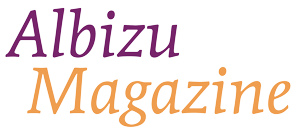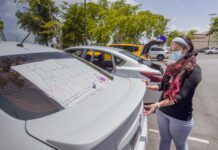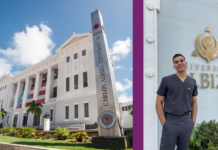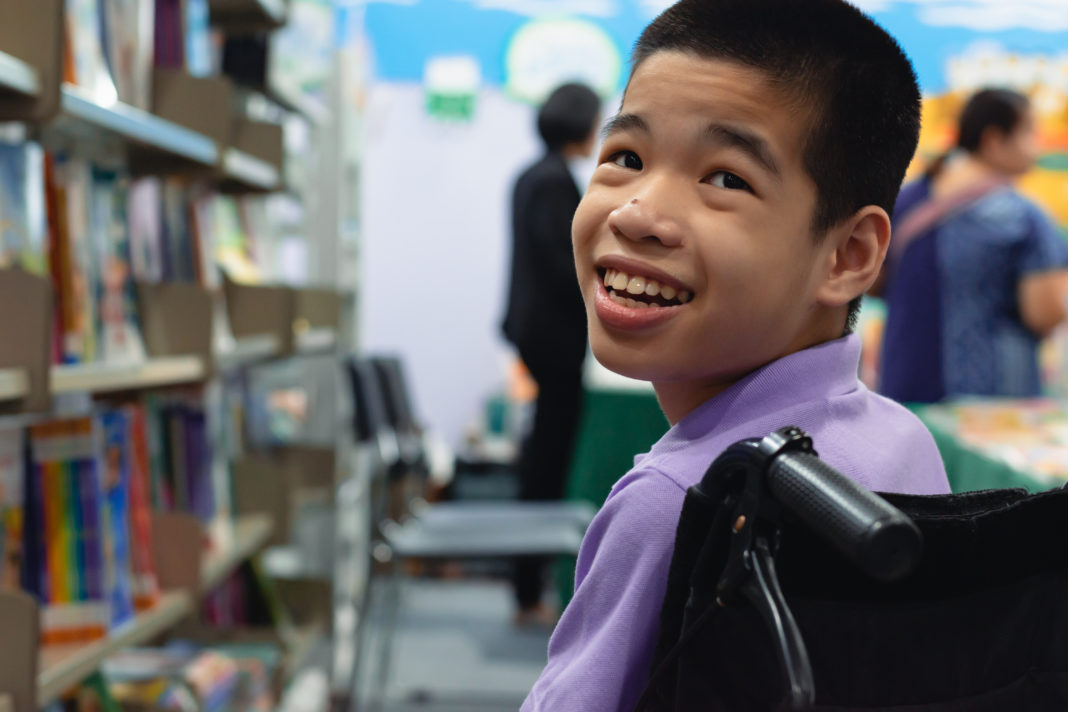T
he COVID-19 pandemic has brought about changes that have affected all sectors of our society. Given this scenario, the population’s level of coping has been put to the test regarding its ability to adequately adapt to the new social demands and challenges posed by this crisis. The population in the developmental stages between childhood and adolescence is especially vulnerable because the environments in which they thrive have been altered. This is not limited to pandemic lockdowns. It goes beyond this situation, as they have been disrupted by the loss of daily routines that provide this population with a sense of security and stability. Similarly, their cognitive, academic, and socio-emotional development has been affected, in some cases leading to lower grades, more defiant behaviors, a need to socialize, among others.
As a result of these changes, student life has been forced into non-traditional modalities. Students at all levels have had to adapt to a new type of distance learning, from which they don’t necessarily feel benefited given the lack of technological resources in their communities and homes. On the other hand, students receiving special education services are at risk of being marginalized due to changes in the legal provisions for service modalities to which they are entitled under the Americans With Disabilities Act (ADA) and Every Student Succeeds Act (ESS). This can have short and long-term repercussions as therapies are essential to student performance and not receiving them for prolonged periods of time can result in the loss of skills already worked on.
Similarly, we can infer that the population receiving special education services is more vulnerable because of the difficulties they face within the school system. One of these difficulties is the lack of adequate training for teletherapy services with special education populations. Moreover, all of the services to this population were offered completely in person, so the readjustment of service modalities has affected many students belonging to this population.
According to the National Association of School Psychologists (NASP) there is a great concern, not only regarding the continuity of special education services but also the evaluation processes for identifying eligibility for said services due to the pandemic. In addition, emphasis has been placed on how to address the student body’s academic difficulties, highlighting the need for classroom interventions in order to support this population and prevent the predicted educational gap from widening. This implies that school psychologists must work hand in hand with teachers and school personnel to implement socioemotional and instructional strategies that benefit all students.
This implies that we must be prepared to address a mental health crisis in this population that may manifest itself in the classroom once they begin in-person learning, in their provided services, and at home. For this reason, it is critical to support the mental health and socioemotional needs of students during this time. This is where the role of school psychologists becomes even more important.
Similarly, we cannot forget that it is extremely important for caregivers to ensure the continuation of routines, healthy habits, and to provide the necessary support (both academic and emotional) so that, once they return to their previous routine, students may achieve a better integration and recover their usual functioning (Barlett, 2020). The degree of impact will depend on several factors, including the child’s age, parental resources, pre-existing mental health conditions, and geographic area.






























